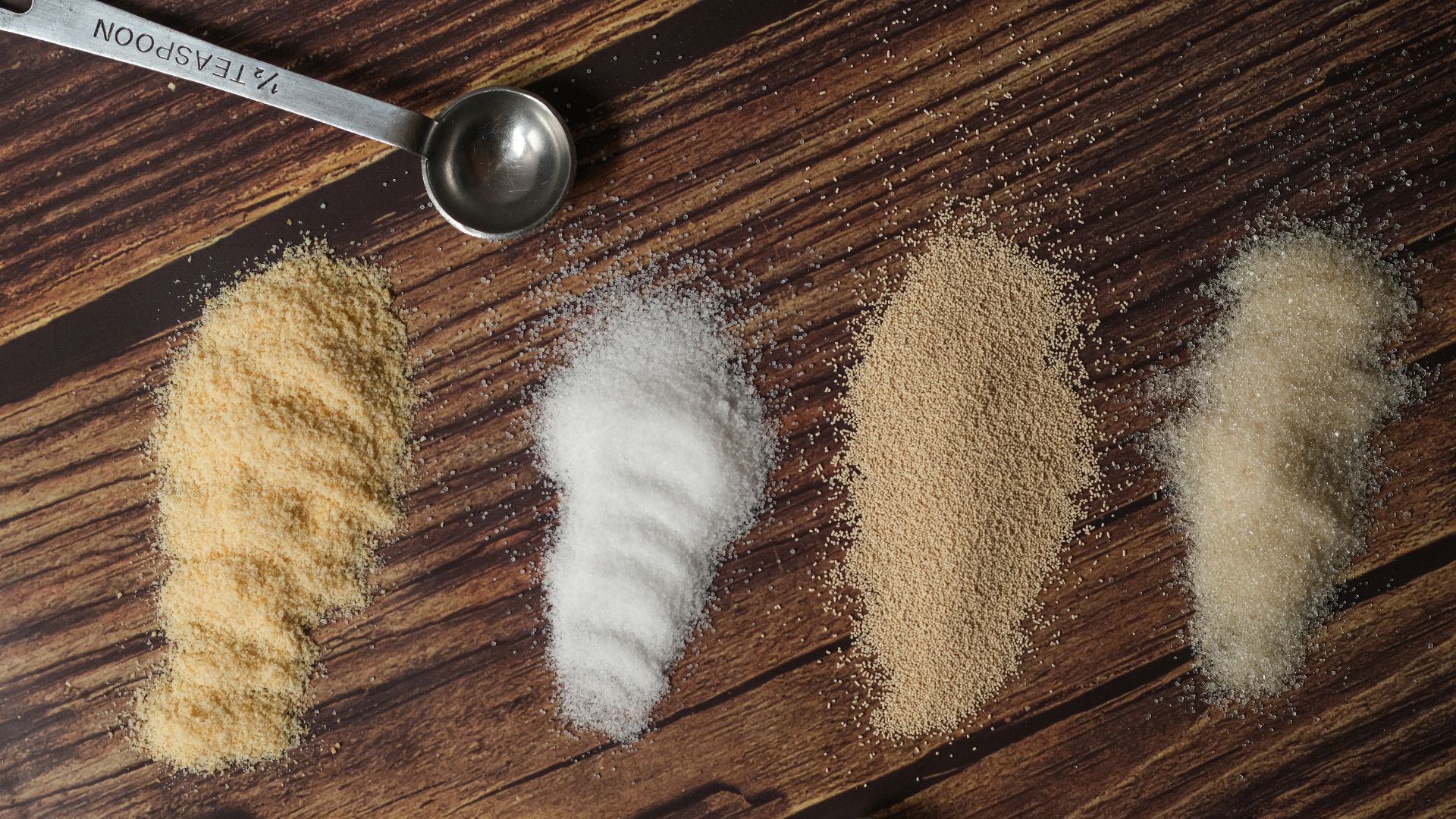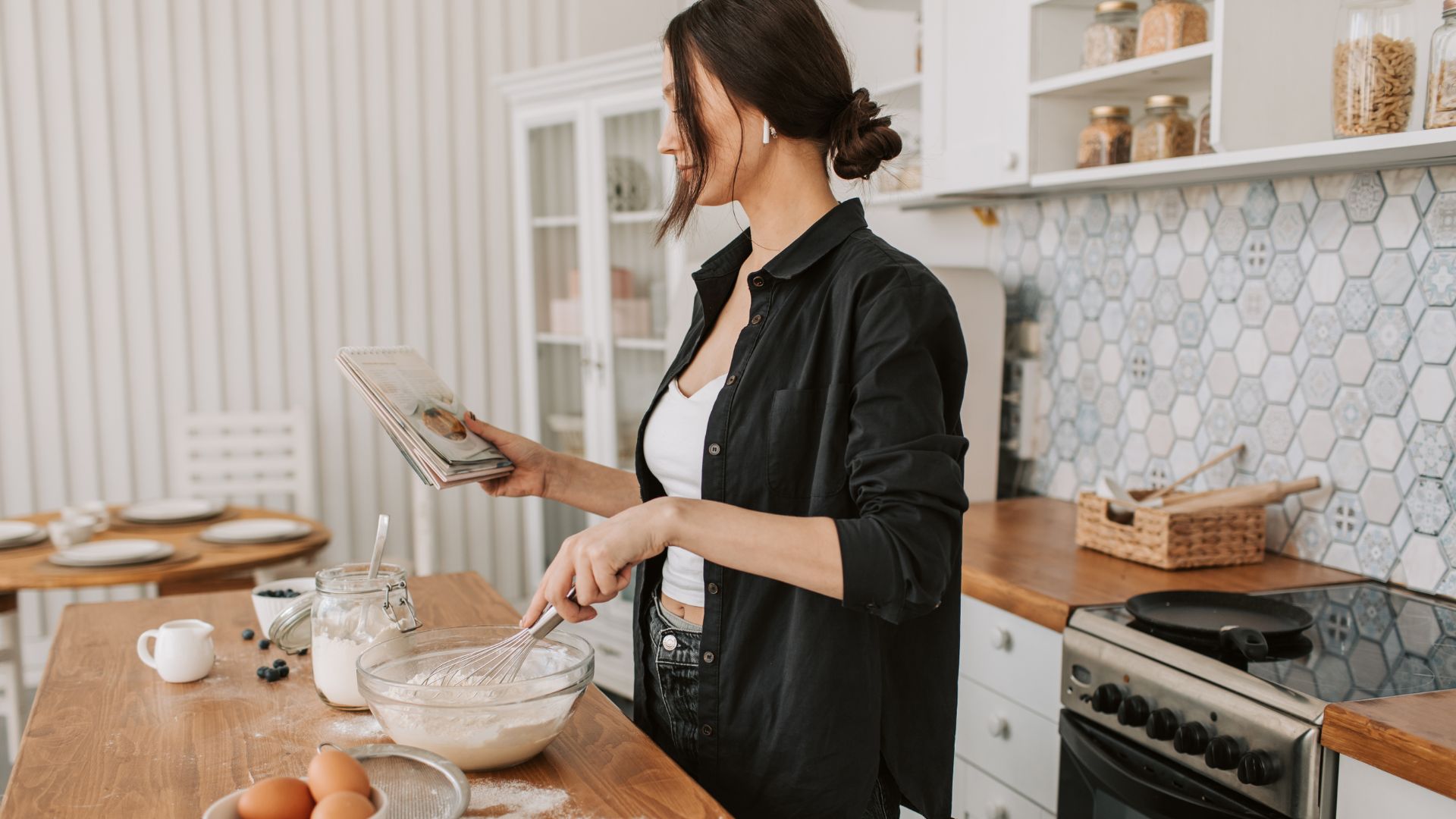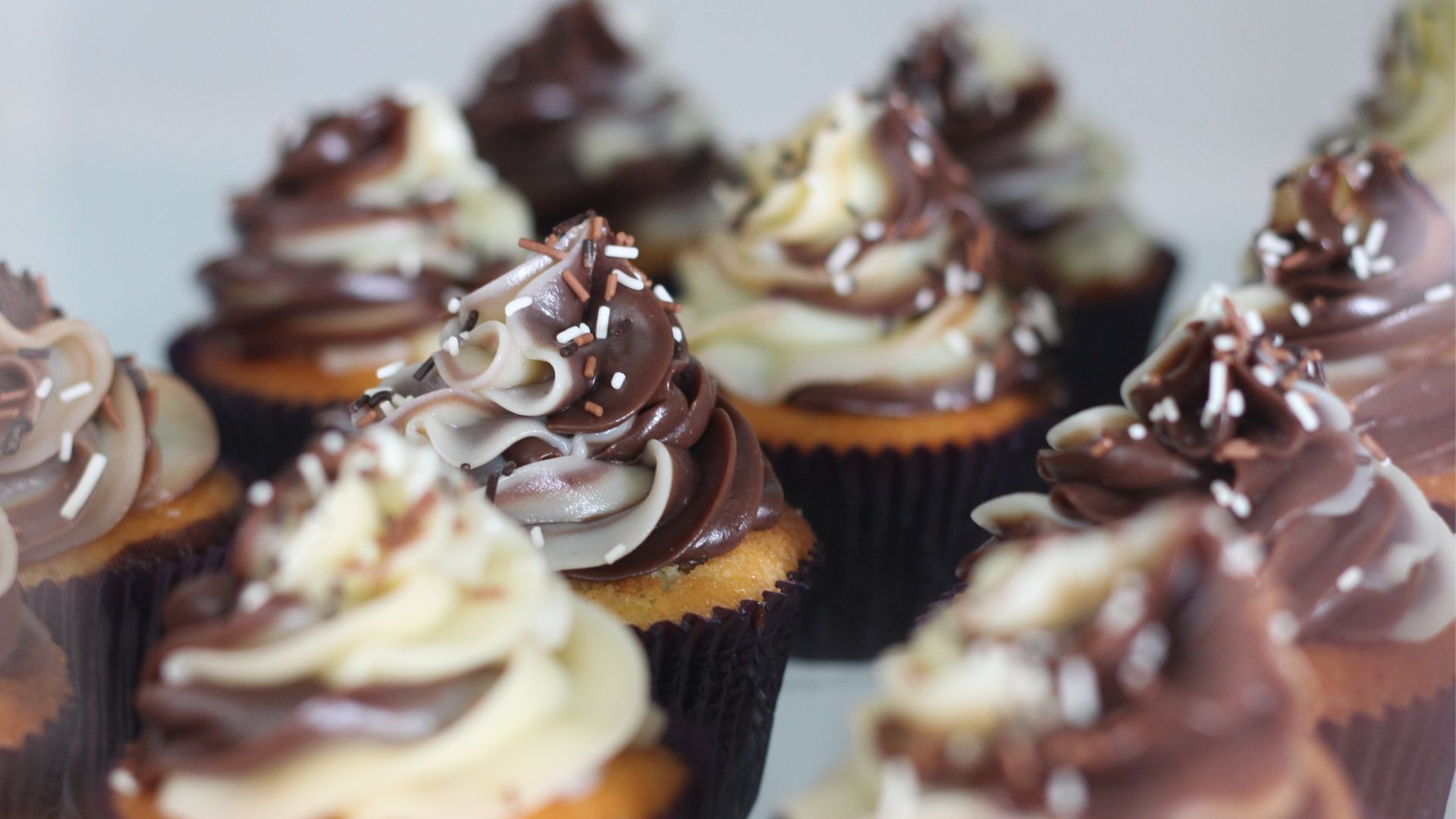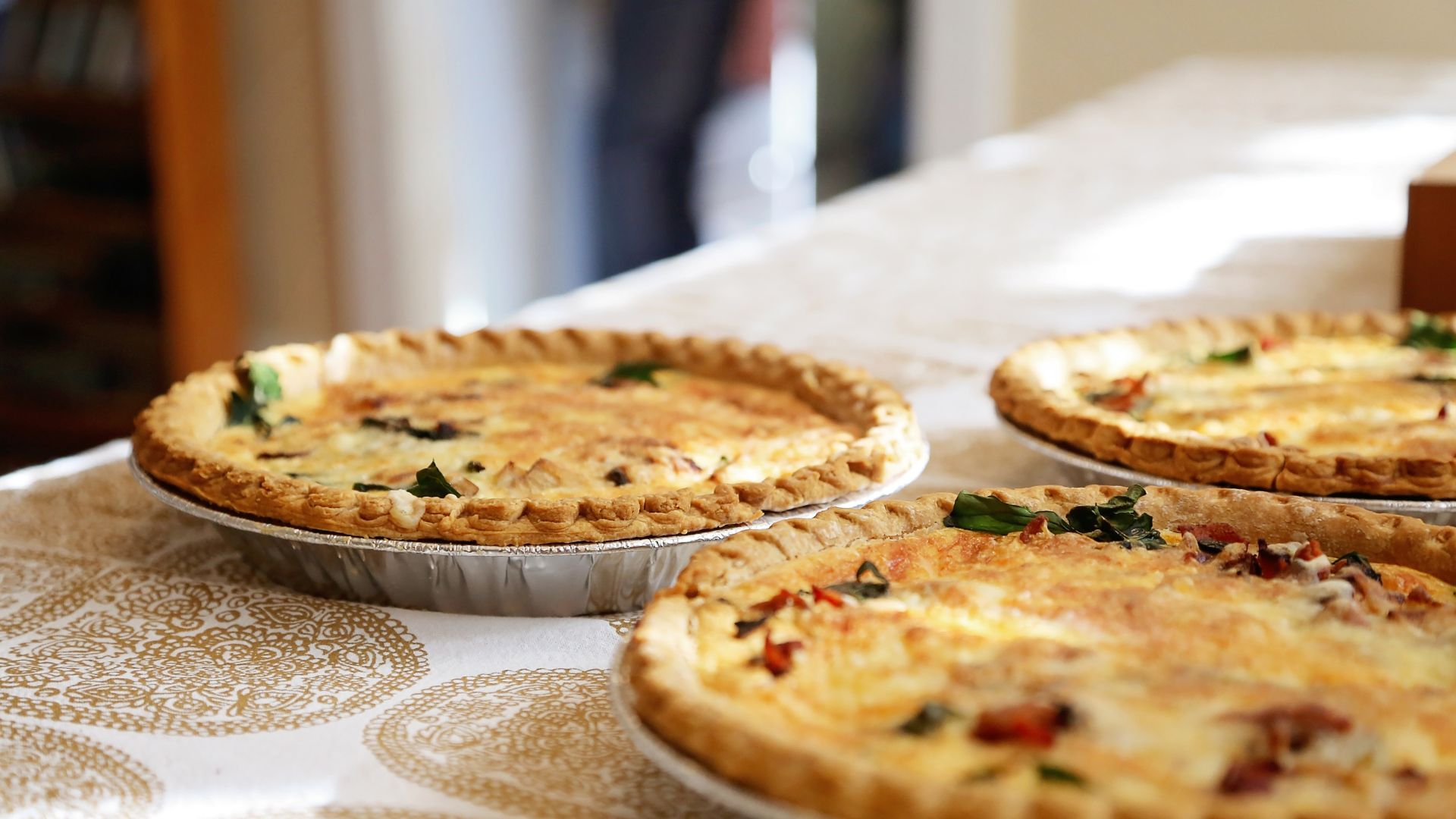The perfect pie crust can make or break a pie. Whether you’re baking a sweet fruit-filled delight or a hearty savoury pie, the crust is the base that holds it all together. A golden, flaky crust not only enhances the flavour but also adds a delightful texture that complements the filling. Getting the perfect pie crust is an art, and with a few key tips and techniques, you can ensure that every pie you make has a crisp, buttery, and perfectly baked shell.
Let’s dive into the essential steps to create the perfect pie crust, from choosing the right fat to avoiding common mistakes:
- Choosing the right fat
- Perfecting the technique
- Avoiding common issues
- Finishing touches
- The perfect pie crust is possible
Choosing the right fat
The choice of fat in your pie crust is crucial, as it plays a big role in both the texture and flavour. The three main types of fats used in pie crusts are butter, shortening, and lard, each of which brings something unique to the table.
Butter is the go-to choice for many bakers due to its rich flavour. It creates a tender, flaky crust with a lovely buttery taste. However, butter can be a bit more difficult to work with as it has a lower melting point than shortening or lard, which means it can soften too quickly if you’re not careful. This is why many bakers chill their dough thoroughly to ensure the butter remains firm during the mixing process.
Shortening is a fat that’s often used in pie crusts because it creates a very tender and flaky texture. It has a higher melting point than butter, which means it can produce a flakier, more stable crust. Shortening doesn’t bring much flavour on its own, so it’s typically used when a more neutral taste is desired, allowing the filling to shine. It also has the advantage of being easier to work with, especially in warmer kitchens.
Lard is another traditional fat used in pie crusts, and it’s known for creating an incredibly flaky texture. Lard has a high melting point, much like shortening, and will give you a crust that’s light and airy. However, it’s not as commonly used these days due to its strong flavour, which some people find overpowering. If you’re looking for a rich, old-fashioned taste, though, lard might be your ideal choice.
Some bakers even opt for a combination of butter and shortening or butter and lard to balance both flavour and texture. It’s all about experimenting to find the right balance for your preferences.

Perfecting the technique
Now that you’ve chosen your fat, the next step is getting the technique right. Mixing, chilling, and rolling out the dough are key to achieving that perfect pie crust.
Start by combining your flour and salt in a large bowl. The flour provides the structure of the crust, while the salt enhances the flavour. Add your cold fat (butter, shortening, or lard) to the flour mixture and use a pastry cutter or your fingers to break the fat into small pieces. You want the mixture to resemble coarse breadcrumbs, with pea-sized chunks of fat still visible. These little chunks are what will create the flaky layers in your crust.
Once the fat is incorporated, add ice-cold water a tablespoon at a time. Be careful not to overdo it – the dough should just come together. You don’t want it to be too wet, as this can lead to a tough crust. Work the dough as little as possible to prevent the development of gluten, which will make the crust hard. Once the dough is combined, turn it out onto a floured surface and gently knead it a couple of times to bring it together into a ball.
Wrap the dough in plastic wrap and chill it in the fridge for at least 30 minutes. This helps to firm up the fat, making it easier to roll out and creating that coveted flaky texture. If you’re working in a warm kitchen, don’t skip this step! Chilling the dough also prevents it from shrinking during baking.
When you’re ready to roll out the dough, place it on a lightly floured surface. Use a rolling pin to roll it out evenly, starting from the centre and working your way outwards. Be patient – a little elbow grease goes a long way. Roll it to about 2.5 cm thick, making sure it’s large enough to fit your pie dish with a bit of overhang.

Avoiding common issues
There are a few common issues that bakers run into when making pie crusts, but with the right techniques, they can easily be avoided.
Tough crust: A tough pie crust is often the result of overworking the dough or using too much water. The key to a tender crust is to handle the dough gently and avoid over-mixing. The less you handle it, the better. Be sure to use cold fat and cold water, as warmth can melt the fat too soon, resulting in a dense, tough crust.
Shrinking dough: Pie crusts often shrink during baking, leaving you with less-than-perfect edges. To prevent this, make sure your dough is well-chilled before baking. If the dough is too warm, it’s more likely to shrink. Additionally, avoid stretching the dough when placing it in the pie dish. Gently fit the dough into the dish and let it settle naturally.
Cracks in the dough: If your dough cracks when you try to roll it out, it may be too dry. If this happens, lightly dampen your hands and press the dough together, or add a little more water, but be careful not to add too much.
💡Pro Tip: To ensure a perfectly flaky crust, try using a combination of butter and shortening. The butter adds rich flavour, while the shortening creates a flakier texture, giving you the best of both worlds.
Finishing touches
Once your pie crust is shaped and ready, you have a few options for baking it to perfection. Pre-baking the crust, also known as blind baking, is necessary when the filling requires less baking time than the crust, like in cream pies or tarts. To do this, line the crust with parchment paper and fill it with baking beans or rice to weigh it down. Bake at 180°C (350°F) for 15-20 minutes, then remove the paper and beans and bake for an additional 5-10 minutes until the crust is golden and crisp.
If you’re baking a pie with a filling that requires a longer baking time, like a fruit pie, simply add your filling to the unbaked crust and bake as directed. You can brush the crust with an egg wash before baking to give it a beautiful, golden finish. If you want an extra crispy crust, sprinkle a little sugar over the top before baking.
“Achieving the perfect pie crust is all about choosing the right fat, mastering the mixing technique, and giving your dough the time it needs to chill and relax.”
The perfect pie crust is possible
Achieving the perfect pie crust is all about choosing the right fat, mastering the mixing technique, and giving your dough the time it needs to chill and relax.
Let’s recap:
- Butter adds flavour and flakiness, shortening gives a tender texture, and lard creates a light, airy crust. You can mix fats to balance texture and flavour.
- Mix flour, salt, and cold fat until it resembles coarse crumbs. Add cold water gradually, handle the dough gently, and chill it for at least 30 minutes before rolling.
- Avoid overworking the dough or using too much water, and ensure it’s well-chilled to prevent shrinking. Handle the dough gently and don’t stretch it when placing it in the pie dish.
- Roll the dough on a floured surface to 2.5 cm thick, ensuring it’s large enough to fit your pie dish with overhang. Be patient and avoid over-handling.
- Pre-bake crusts for fillings that require less baking time, and brush with an egg wash for a golden finish. For filled pies, bake as directed, adding an optional sugar sprinkle for extra crispiness.
With a bit of practice, you’ll be turning out beautiful, flaky crusts that will elevate any pie, sweet or savoury. Keep these tips in mind, and you’ll be a pie-crust pro in no time!








